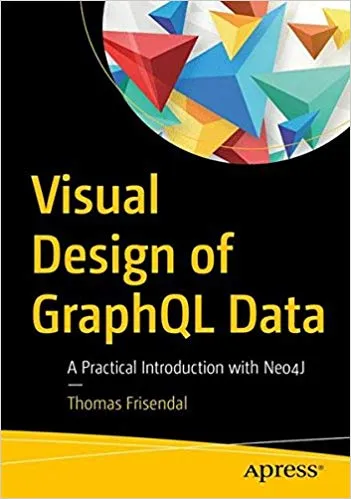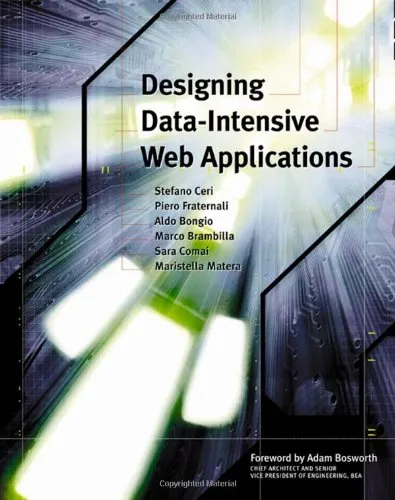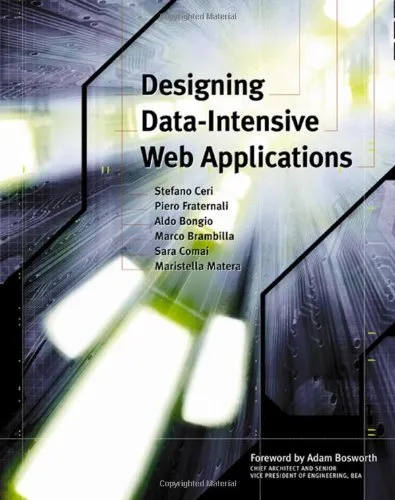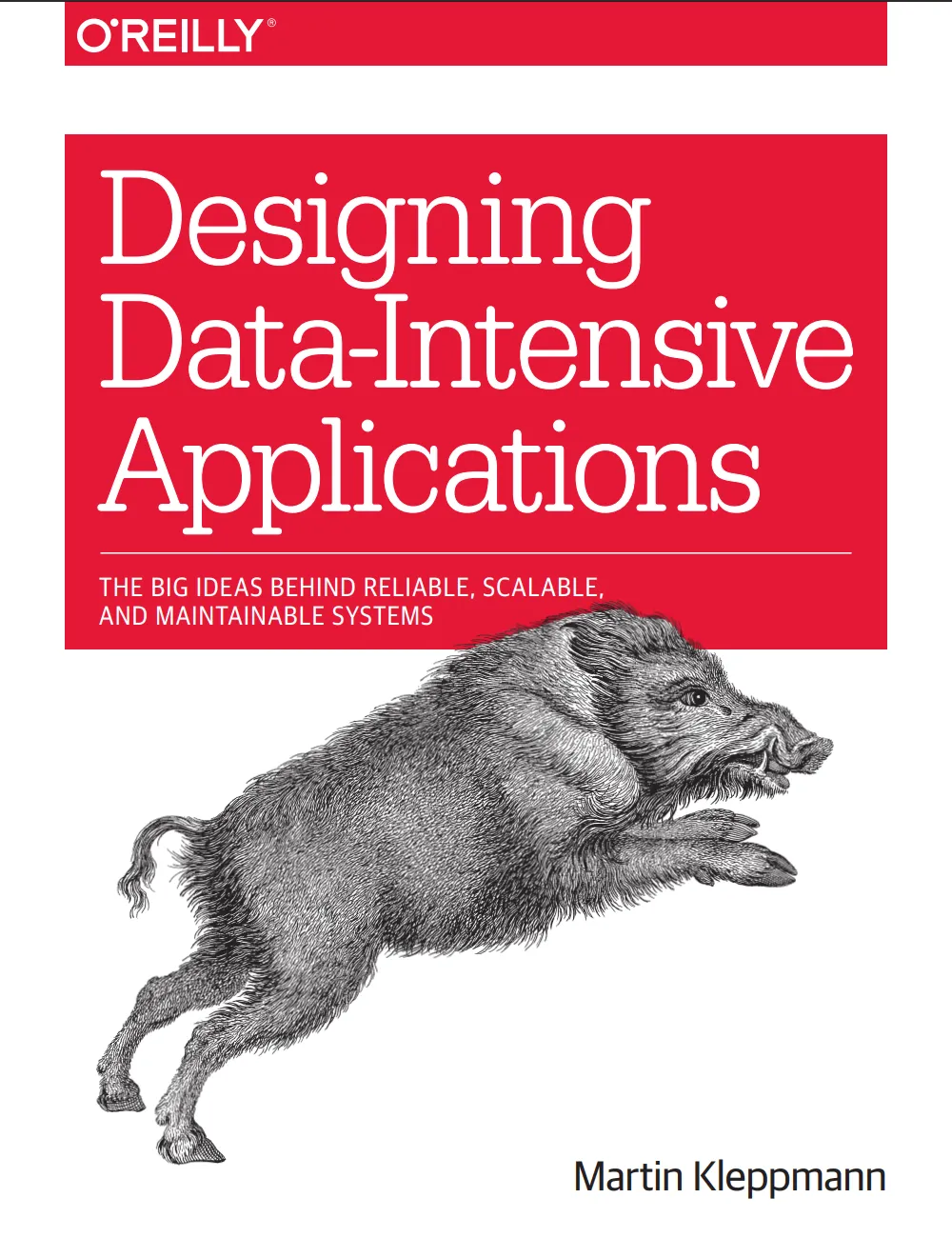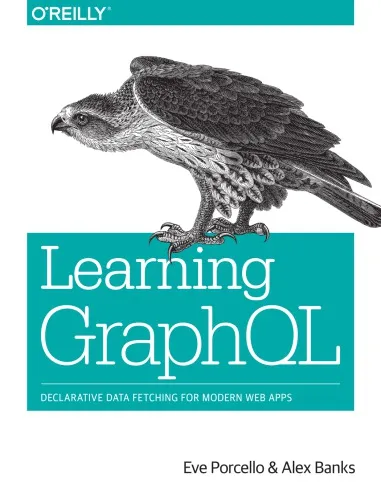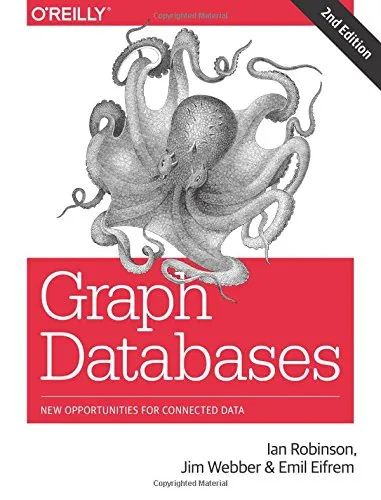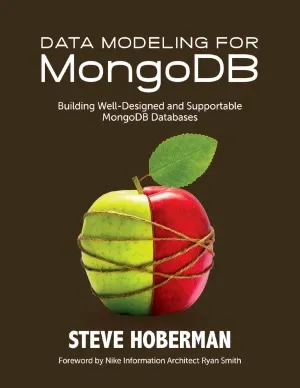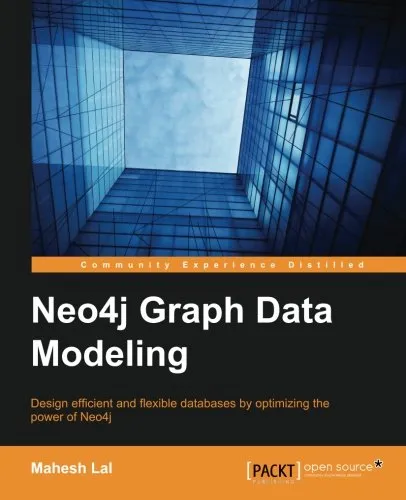Visual Design of GraphQL Data: A Practical Introduction with Legacy Data and Neo4j
3.1
Reviews from our users

You Can Ask your questions from this book's AI after Login
Each download or ask from book AI costs 2 points. To earn more free points, please visit the Points Guide Page and complete some valuable actions.Related Refrences:
Persian Summary
Welcome to an in-depth exploration of the book "Visual Design of GraphQL Data: A Practical Introduction with Legacy Data and Neo4j". This guide is designed to help you navigate and master the principles outlined in the book, offering a unique perspective on integrating visual data design methods with the flexibility of GraphQL, while leveraging Neo4j's graph database capabilities.
Summary of the Book
The book "Visual Design of GraphQL Data" is a comprehensive resource for developers and data architects aiming to modernize their data interactions. It skillfully merges the world of graph databases with the dynamic querying capabilities of GraphQL. By focusing on visual design, the author, Thomas Frisendal, offers a methodology that enhances clarity, facilitates communication among stakeholders, and improves the overall data handling and querying processes.
Understanding that many organizations are dealing with legacy data, the book provides strategic insights on transitioning from older data models to more agile, graph-based structures without losing the essence of existing data. It extensively covers practical applications using Neo4j, a leading graph database platform, to illustrate how data relationships can be efficiently managed and queried.
The book is designed for both technical and non-technical readers, utilizing visual tools to bridge the gap between complex data modeling concepts and their practical applications. Throughout its chapters, the book comprehensively addresses how to design, structure, and optimize GraphQL schemas visually, ensuring they align with real-world data requirements and business logic.
Key Takeaways
- Gain a thorough understanding of GraphQL and its benefits in modern web applications.
- Learn how Neo4j’s graph database can be effectively paired with GraphQL to enhance data querying.
- Explore the nuances of legacy data and effective strategies to transition to graph databases.
- Understand the principles of visual data design and how it improves both developer experience and end-user interaction.
- Master the art of designing GraphQL schemas that foster efficient data retrieval and manipulation.
Famous Quotes from the Book
"Visual design is not just about aesthetics; it's about creating a shared understanding of data structures and how they serve business needs."
"Combining GraphQL with a graph database like Neo4j is akin to unlocking new dimensions in data relationships."
"Legacy data is not a burden; it's the foundation upon which innovative data solutions are built."
Why This Book Matters
In the fast-evolving landscape of data technology, "Visual Design of GraphQL Data" emerges as a crucial resource for teams looking to modernize their data processes. With the proliferation of microservices and dynamic web applications, the demand for flexible and scalable data-querying languages like GraphQL has never been higher. This book addresses the pressing need for clear and efficient data interfacing methods that both improve performance and facilitate better communication across teams.
By introducing readers to the power of visual data design, Thomas Frisendal champions a new way of thinking about data architecture — one that prioritizes visual comprehension and strategic alignment with business goals. This approach not only enhances the efficiency of data handling but also bridges technical and non-technical discussions, paving the way for innovative solutions that are firmly grounded in a comprehensive understanding of data intricacies.
In essence, this book is more than just a guide to using GraphQL and Neo4j; it is a manifesto for a visual approach to data design, one that empowers organizations to harness the full potential of their data assets.
Free Direct Download
You Can Download this book after Login
Accessing books through legal platforms and public libraries not only supports the rights of authors and publishers but also contributes to the sustainability of reading culture. Before downloading, please take a moment to consider these options.
Find this book on other platforms:
WorldCat helps you find books in libraries worldwide.
See ratings, reviews, and discussions on Goodreads.
Find and buy rare or used books on AbeBooks.
1512
بازدید3.1
امتیاز0
نظر98%
رضایتReviews:
3.1
Based on 0 users review
Questions & Answers
Ask questions about this book or help others by answering
No questions yet. Be the first to ask!
